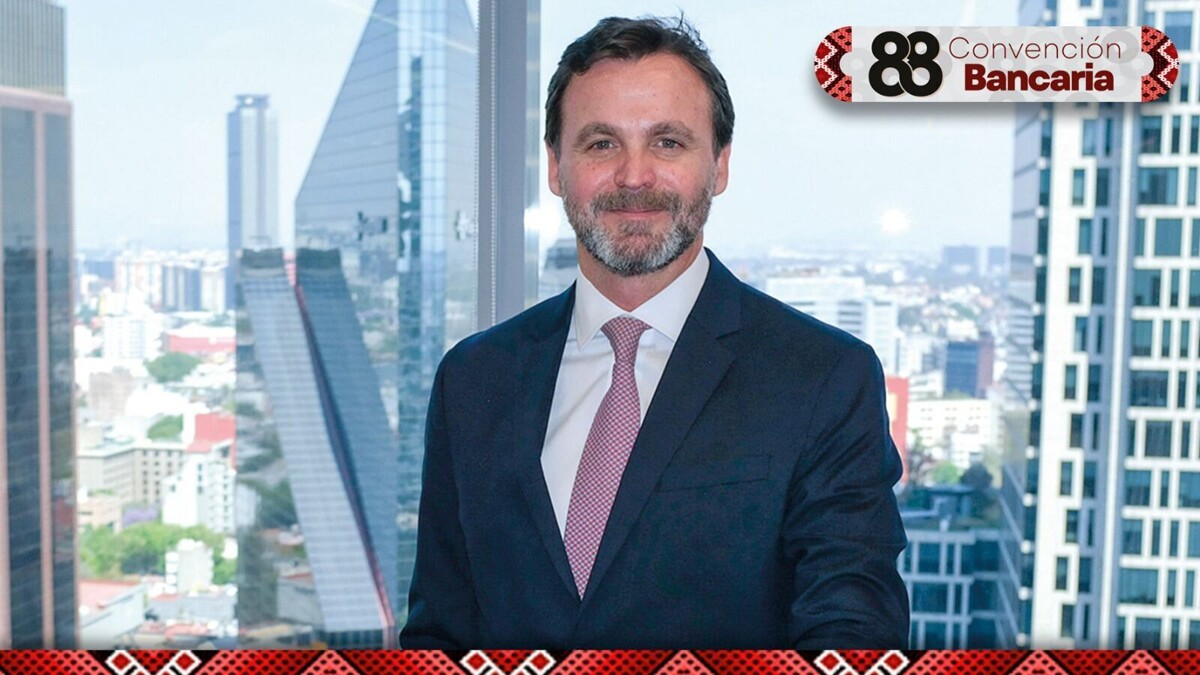
Mastercard, one of the largest payment processors in the world, aims to achieve double-digit annual growth in Mexico and establish itself in the payment system by 2028. To reach this goal, they are implementing strategies focused on financial inclusion and the adoption of digital payments. They consider collaboration within the industry, including banks, fintechs, and the government, crucial to encourage more people to participate in the digital economy through various payment methods, such as cards, contactless payments, or through SPEI.
Regarding microeconomics, Mastercard emphasizes the importance of having a greater number of people with access to financial services, as well as expanding the acceptance of payments in the country through the installation of more terminals and aggregators. This would not only boost the payments ecosystem but also contribute to reducing cash usage, strengthening the formal economy in the process.
The CEO of Mastercard Mexico, Mauricio Schwartzmann, highlights the significant growth of contactless payments in the country, which currently represent more than 20% of all transactions, compared to 4% two years ago. This advancement has simplified and secured payments by eliminating the need to insert the card or enter the PIN, placing Mexico at the forefront of this technology. However, efforts are still being made to increase its usage, especially with the adoption of this payment method in public transport in Mexico City, such as the Metro and Metrobús.
Additionally, Mastercard has introduced "Click to Pay" in Mexico, a payment button for e-commerce that has already registered over 3 million transactions in 2024. This country has been recognized as a global leader in the adoption of this technology, surpassing nations such as the United Kingdom, the United States, and India.














